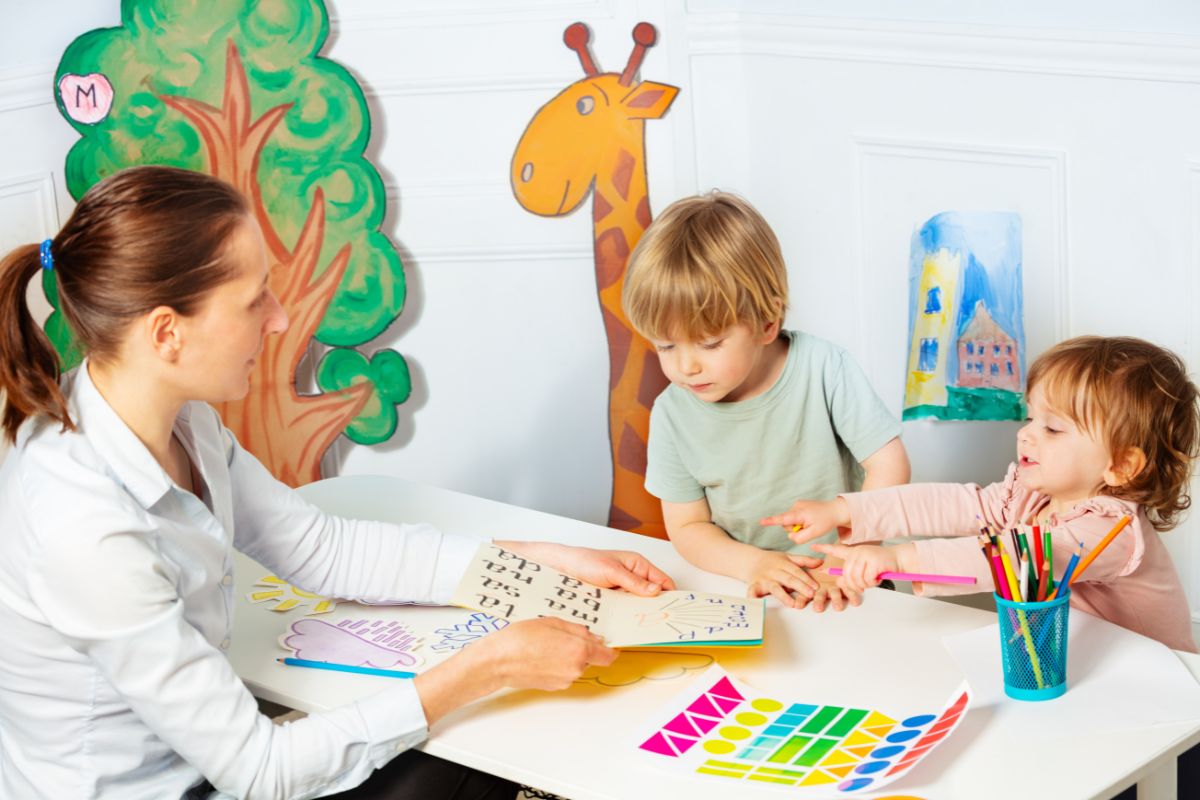Autism Spectrum Disorder (ASD) is a neurodevelopmental disorder that affects individuals in various ways. To better comprehend the impact of autism, it’s important to understand what ASD is and the prevalence of this disorder.
What is Autism Spectrum Disorder?
Autism Spectrum Disorder (ASD) is a complex developmental disorder characterized by persistent challenges in social interaction, communication, and restricted or repetitive behaviors. It is considered a spectrum disorder because it affects each individual differently, with a wide range of symptoms and severity levels.
People with ASD may experience difficulties in social interactions, such as understanding and responding to nonverbal cues, maintaining eye contact, and developing friendships. They may also exhibit repetitive behaviors or restricted interests, showing a strong preference for routine and experiencing distress with changes in their environment or daily activities.
Prevalence of Autism Spectrum Disorder
The prevalence of Autism Spectrum Disorder has been a topic of significant interest and research in recent years. According to estimates from the Centers for Disease Control, approximately 1 in 36 children in the United States have been identified with ASD.
It is important to note that the prevalence of autism can vary among different populations and regions. In the United States, the prevalence of ASD is higher in boys compared to girls. The data suggests that around 4 in every 100 boys and 1 in every 100 girls in the US have been diagnosed with autism. This discrepancy in diagnosis rates between genders has been observed consistently in various studies and research. The reasons for this disparity are still being explored by experts in the field.
By understanding the basics of Autism Spectrum Disorder and its prevalence, we can work towards creating a more inclusive and supportive society for individuals on the autism spectrum.
Age of Diagnosis for Autism
Communication Challenges in Autism
Autism spectrum disorder (ASD) is characterized by a range of communication challenges that individuals may experience. Understanding these challenges is crucial for gaining insight into the experiences of individuals with autism. In this section, we will explore two specific communication challenges: nonverbal autism and language regression in autism.
Nonverbal Autism
Approximately 40% of children with autism do not speak, a condition known as nonverbal autism. This means that these individuals have limited or no functional verbal language skills. Nonverbal individuals with autism may rely on alternative forms of communication such as gestures, sign language, picture exchange systems, or assistive communication devices to express their needs and interact with others.
It’s important to note that nonverbal autism does not indicate a lack of intelligence or cognitive ability. Many nonverbal individuals with autism have unique strengths and talents that can be harnessed through alternative communication methods. Speech therapy and other interventions can play a crucial role in supporting individuals with nonverbal autism to develop their communication skills and enhance their overall quality of life.
Language Regression in Autism
Language regression is another communication challenge that some individuals with autism experience. Approximately 25% to 30% of children with autism have some words at 12 to 18 months of age, only to lose them later on. This phenomenon, known as language regression, can be distressing for both the individual with autism and their families.
Language regression can manifest in different ways. Some children may completely lose their ability to speak, while others may experience a significant decline in their language skills. This regression can occur at different stages of development, ranging from early childhood to later years.
The reasons behind language regression in autism are not yet fully understood. Researchers continue to investigate potential factors, including genetic, neurological, and environmental influences. Early intervention, such as speech therapy and specialized educational programs, can help support individuals with autism who experience language regression to regain and develop their communication abilities.
By recognizing and understanding the communication challenges associated with autism, we can promote greater inclusivity and support for individuals with autism. It is important to remember that each individual with autism is unique, and their communication abilities and needs may vary. Embracing alternative forms of communication and providing appropriate interventions can empower individuals with autism to express themselves and engage with the world around them.



